Hidden among dense jungles, perched on mountaintops, and buried under centuries of earth lie some of South America’s most mysterious ancient cities. These remarkable ruins tell stories of civilizations that mastered astronomy, architecture, and agriculture long before Europeans arrived. While places like Machu Picchu grab the headlines, countless other lost cities offer equally amazing experiences without the tourist crowds.
Ready to channel your inner explorer? Let’s map out the perfect 10-day journey through South America’s most fascinating ancient sites, complete with insider tips on when to visit, what to pack, and how to get the most out of each stop.
Day 1: Chan Chan, Peru
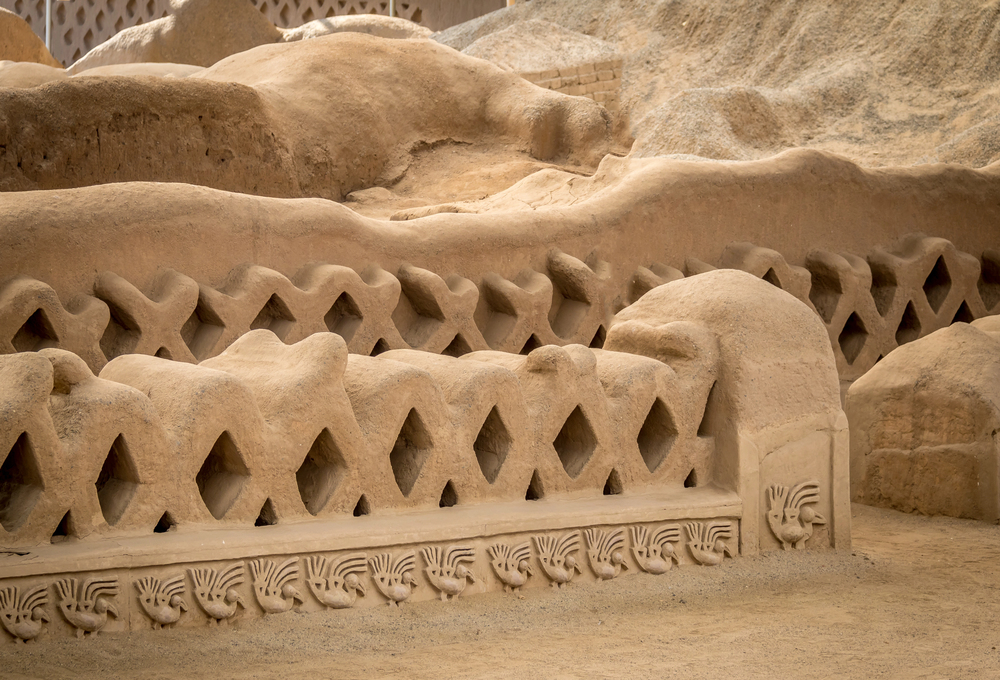
The world’s largest adobe city sprawls across the desert like a maze designed by ancient architects. Morning visits offer the best light for photography and fewer tourists, while local guides know exactly when to catch the sun hitting the intricate wall carvings.
The nearby fishing town of Huanchaco provides a perfect home base with its traditional reed boats and fresh seafood restaurants. Smart travelers book guides through the site museum, where you’ll learn how conservators fight to protect these mud-brick walls from rain damage.
Day 2: Kuelap, Peru
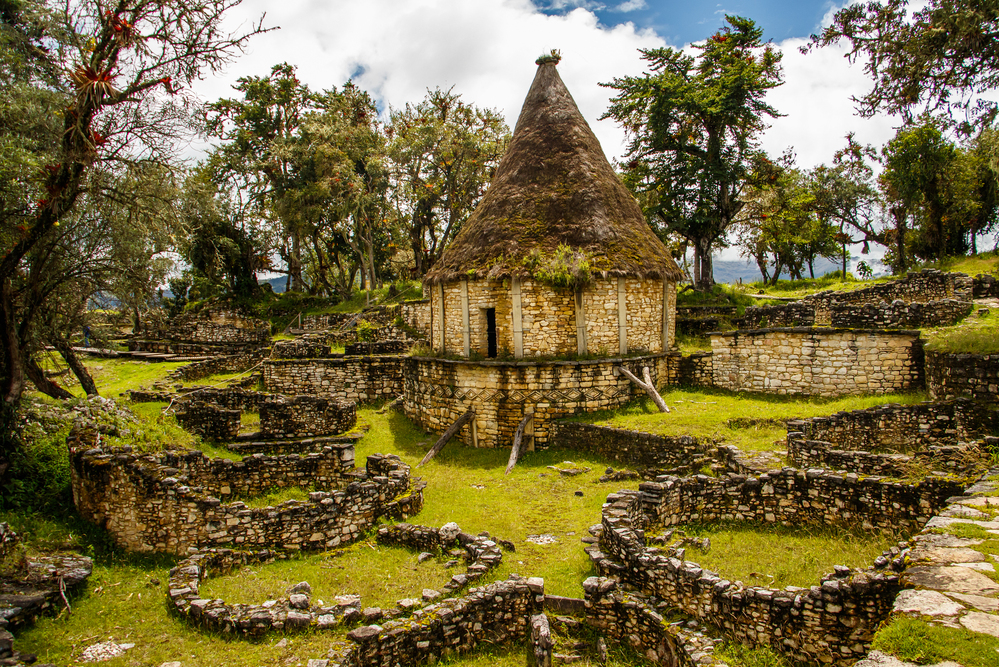
Perched higher than Machu Picchu, this massive fortress city proves the Incas weren’t the only master builders in Peru. A modern cable car whisks visitors up to the site, though adventure seekers can tackle the original stone stairway used by the Chachapoyas people.
The round houses and intricate stonework tell stories of a sophisticated society that ruled these cloud forests for centuries before the Inca arrived. Local families in nearby Chachapoyas town offer homestays where you can try traditional dishes and learn about modern life in the mountains.
Like Travel Pug’s content? Follow us on MSN.
Day 3: Caral, Peru
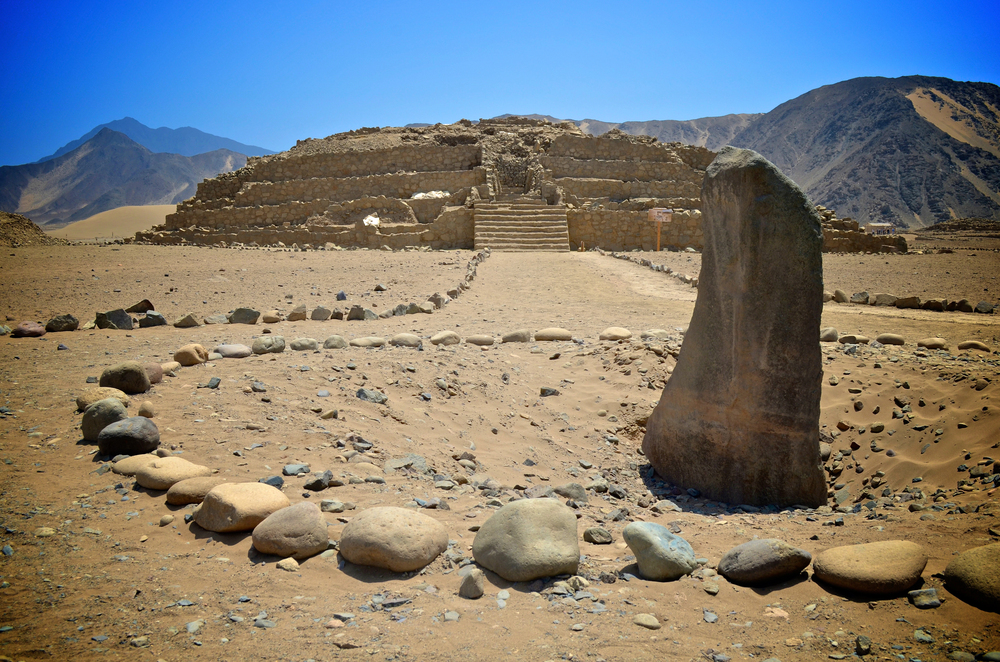
The oldest city in the Americas hides in plain sight, just a few hours from Lima. These 5,000-year-old pyramids predate the Egyptians, yet most tourists don’t even know they exist.
Morning fog creates perfect photo opportunities as it rolls across the desert site, while afternoon winds reveal more ruins in the shifting sands. Smart visitors book drivers through their Lima hotels since public transport to the site can be tricky.
Day 4: Tiwanaku, Bolivia
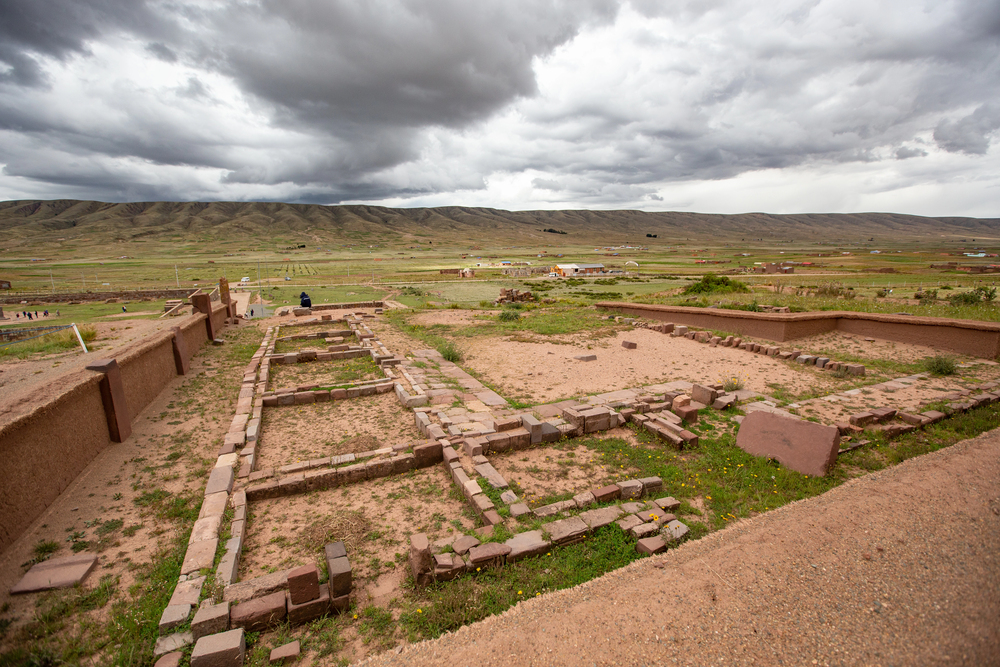
Standing at 13,000 feet above sea level, this pre-Inca metropolis will literally take your breath away. The massive stone blocks and precise astronomical alignments puzzle archaeologists to this day.
Early morning visits help with altitude adjustment, and local guides know exactly when to catch the sun aligning with ancient doorways. The nearby town of La Paz offers excellent hotels where you can recover from the thin air.
Day 5: Ciudad Perdida, Colombia
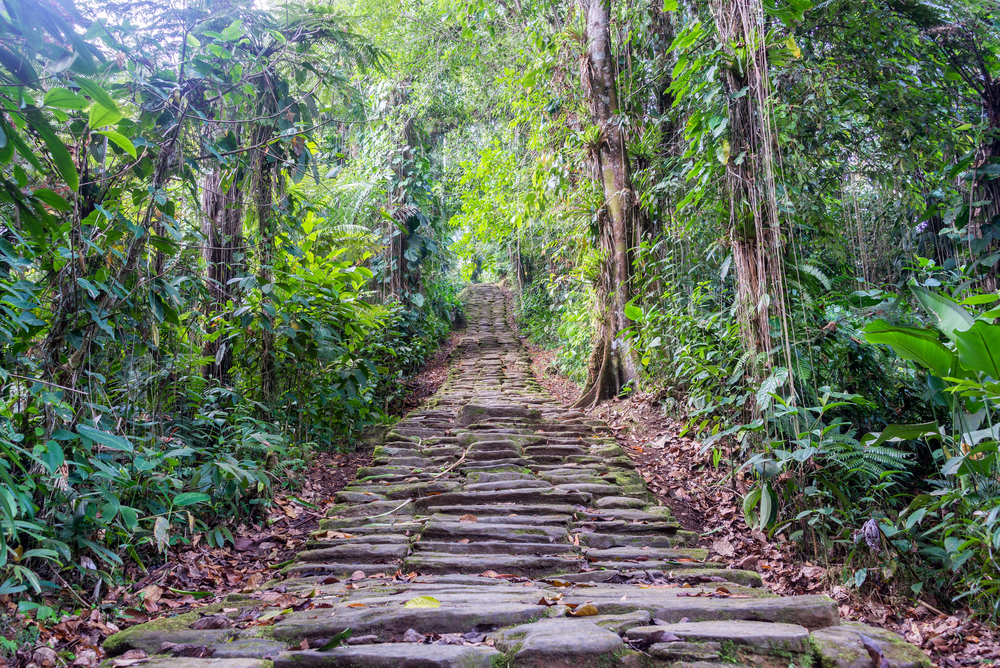
This ‘Lost City’ involves a challenging jungle trek that rewards visitors with solitude and mystery. The stone terraces and circular plazas have been reclaimed from the jungle only recently, making this site feel genuinely undiscovered.
Local indigenous guides share stories passed down through generations about the city’s original builders. Smart travelers book multi-day treks through licensed operators who work with local communities.
Like Travel Pug’s content? Follow us on MSN.
Day 6: Chavin de Huantar, Peru
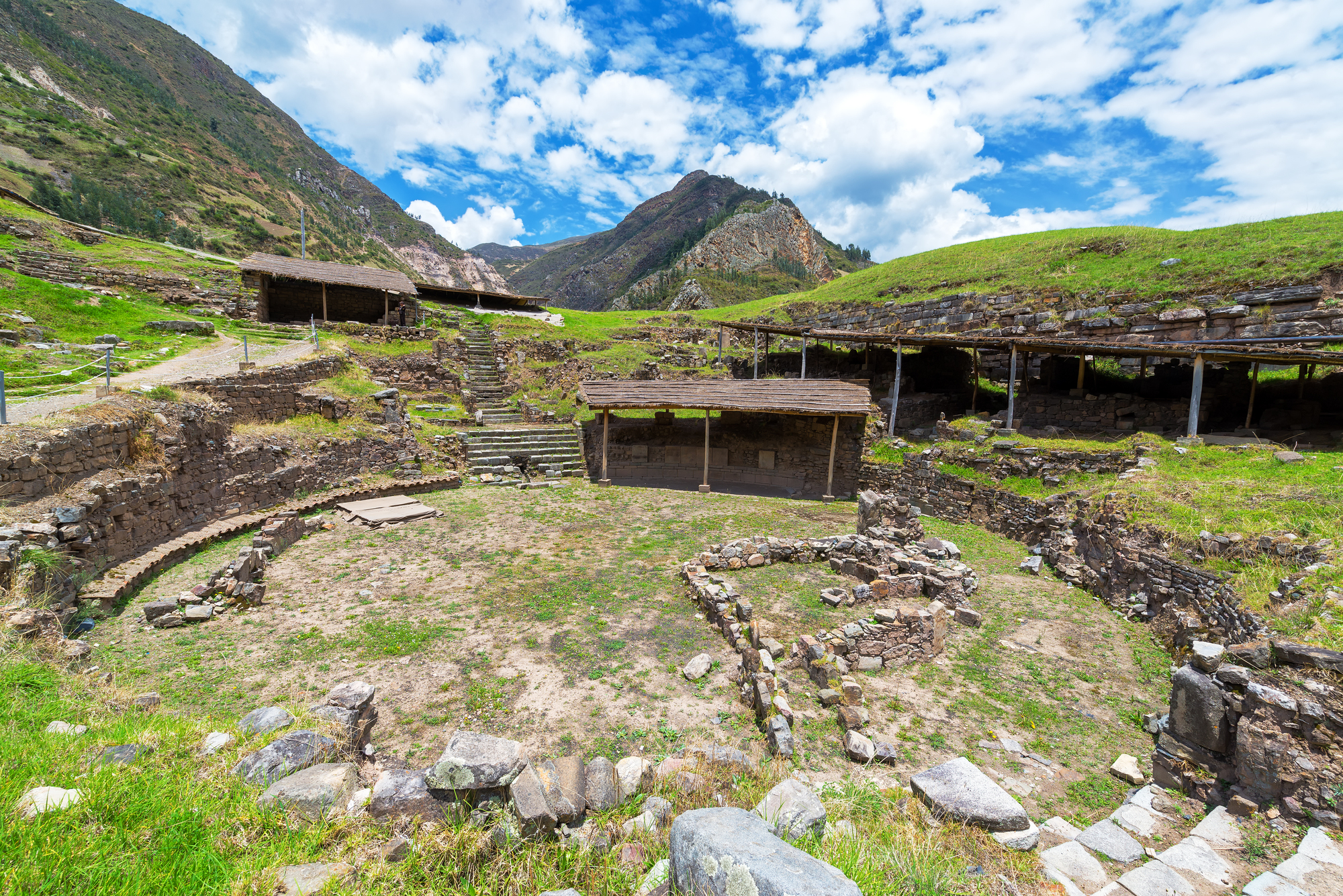
This mysterious temple complex holds some of South America’s oldest and strangest stone carvings. Underground passages create weird acoustics that archaeologists think were used in ancient ceremonies.
The high-altitude setting requires some acclimatization, but the nearby town offers cozy lodges where you can adjust to the elevation. Morning visits often catch the best light for photographing the famous ‘Lanzon’ monolith.
Day 7: Quilmes, Argentina
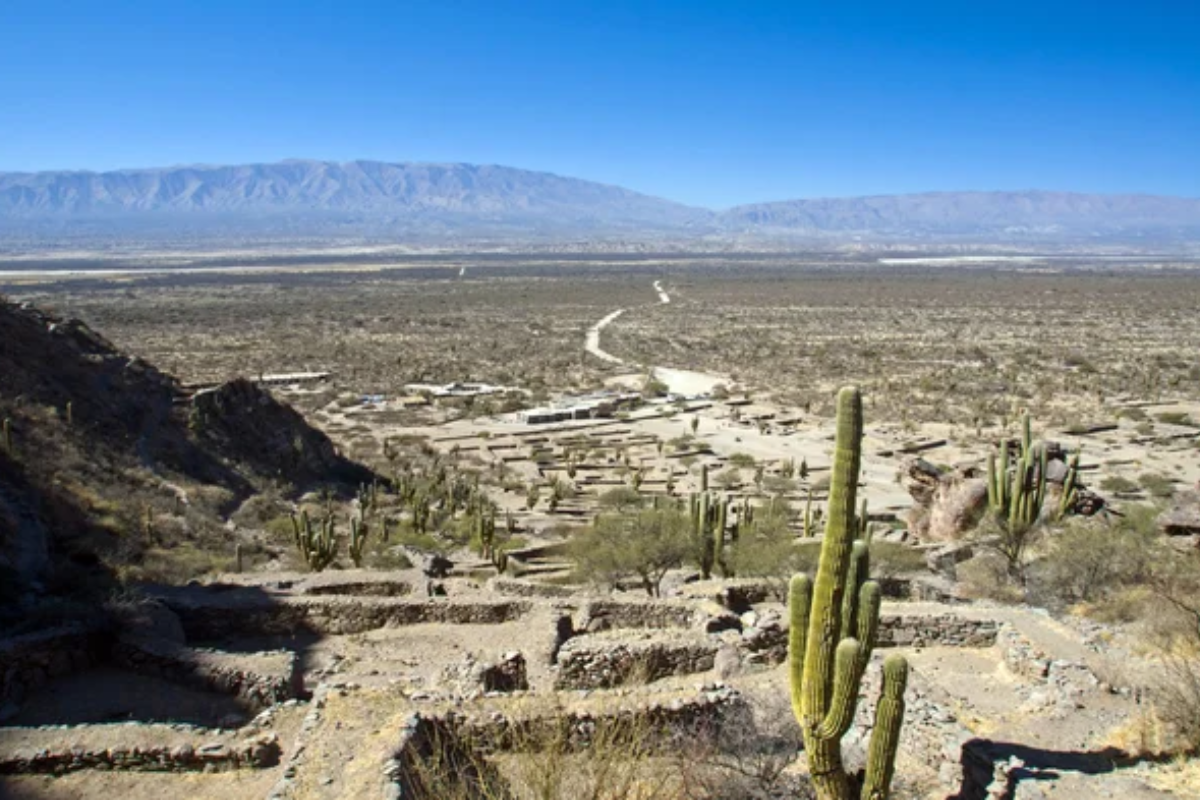
These dramatic ruins prove that sophisticated cities existed even in Argentina’s harsh northern deserts. The site’s massive defensive walls once protected thousands of inhabitants from both invaders and the harsh environment.
Local guides know exactly when to visit for the best photos of the sunset over the ancient stone staircases. The nearby wine country offers excellent lodging options where you can sample local vintages after exploring.
Day 8: El Fuerte de Samaipata, Bolivia
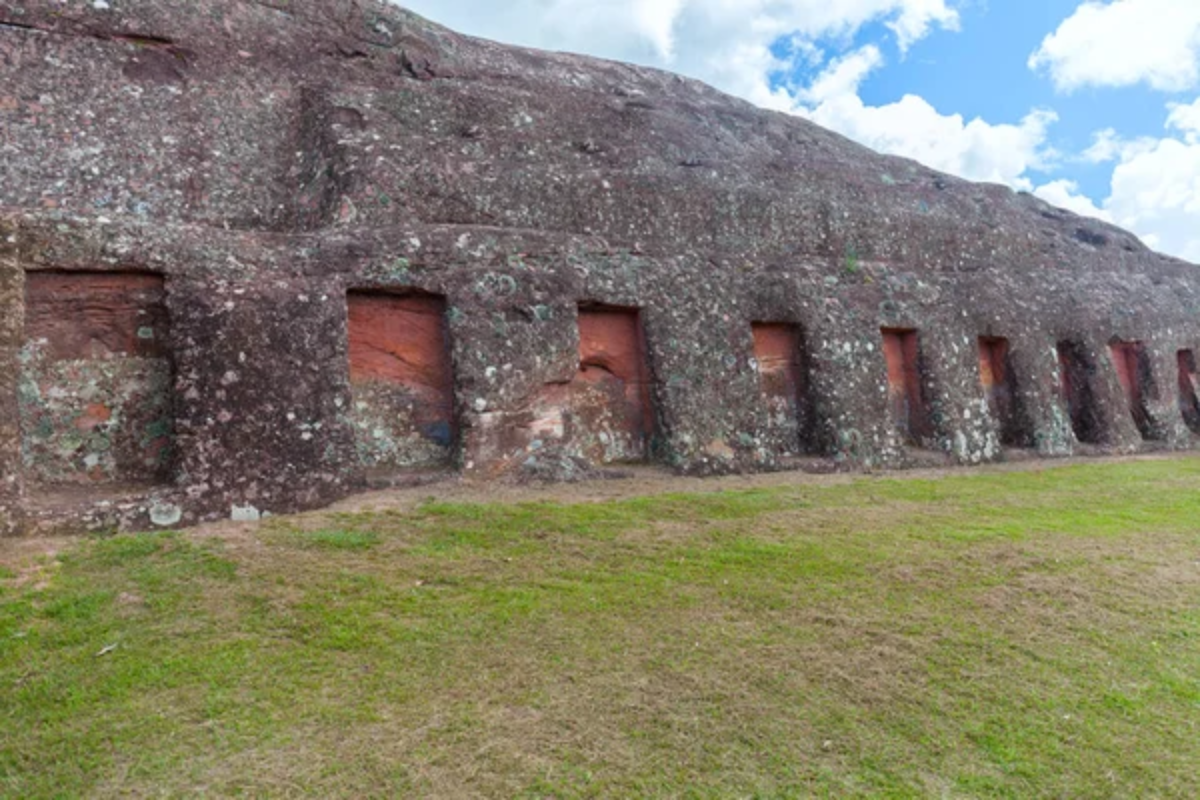
This unique site combines natural rock carvings with ancient architecture in ways that still puzzle experts. The massive carved rock at the site’s heart served as both a ceremonial center and an astronomical observatory.
Morning fog creates mysterious photo opportunities as it rolls across the ancient carvings. The nearby town of Samaipata offers charming hotels and restaurants where you can try local Bolivian cuisine.
Like Travel Pug’s content? Follow us on MSN.
Day 9: Pachacamac, Peru
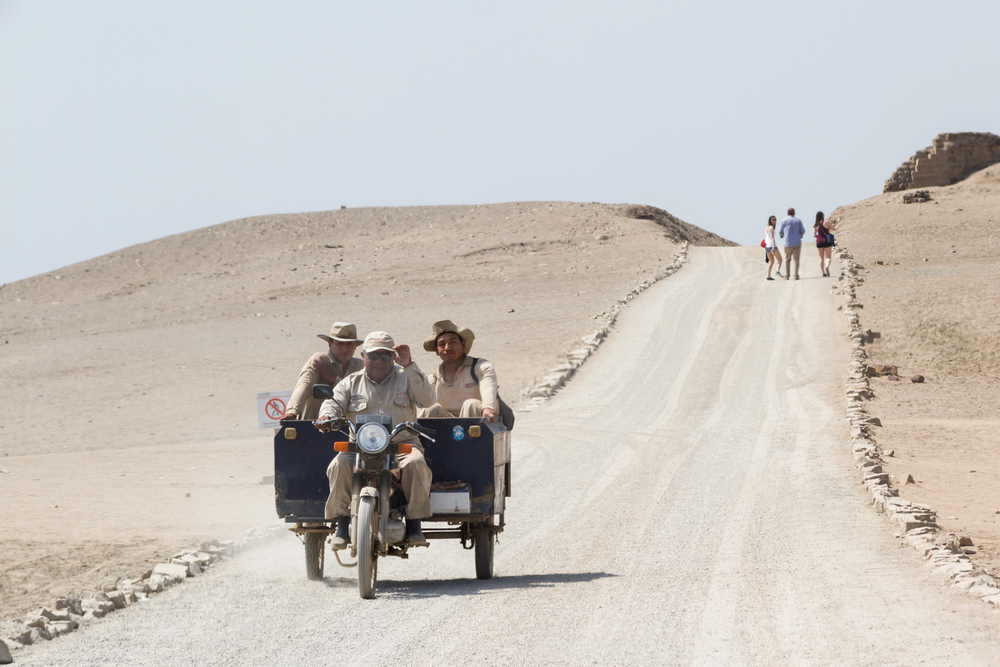
Just outside Lima, this massive religious center once drew pilgrims from across ancient Peru. The temples and palaces stretch across the desert landscape, offering views all the way to the Pacific Ocean.
Modern Lima’s skyline creates a striking backdrop for photos of the ancient pyramids. Smart travelers visit in the late afternoon when the harsh desert sun becomes more photogenic.
Day 10: Huaca Pucllana, Lima
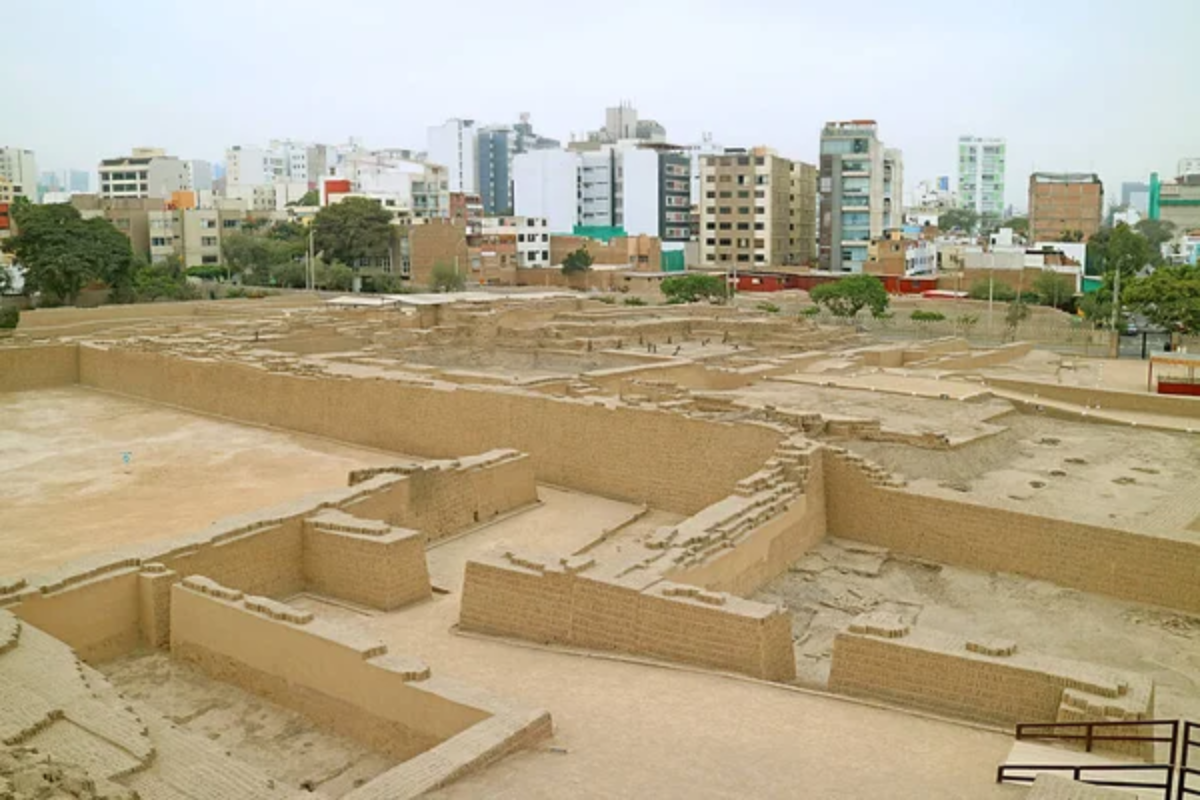
This ancient pyramid sits right in the middle of one of Lima’s trendiest neighborhoods. Evening visits offer the best experience when the site is lit up, and the on-site restaurant serves traditional Peruvian dishes.
The contrast between ancient adobe walls and modern skyscrapers creates perfect photo opportunities. Local guides share stories about how this massive structure survived centuries of urban development.
Getting There

Most international flights enter through Lima’s Jorge Chavez Airport, which has good connections to regional airports near each site. Booking domestic flights in advance can save significant money, while overnight buses offer comfortable alternatives for shorter hops.
Smart travelers build in buffer days for inevitable travel delays in remote areas. Many sites require special permits that should be arranged before arrival.
Like Travel Pug’s content? Follow us on MSN.
When to Go

The dry season between May and October offers the best combination of clear skies and comfortable temperatures. Mountain sites can get chilly at night year-round, while jungle locations stay humid regardless of season.
Local festivals can affect site access and accommodation availability, so check calendars when planning. Some remote sites close during the peak of the rainy season between January and March.
What to Pack

Good hiking boots and layers of clothing are essential for changing mountain weather. A basic first aid kit, including altitude sickness medication, proves useful at higher elevations.
Portable battery packs help keep cameras charged in remote locations. Smart travelers bring cash since many remote sites don’t accept cards.
Where to Stay

Most sites have nearby towns with accommodation options ranging from backpacker hostels to boutique hotels. Booking in advance becomes essential during high season, especially in smaller towns.
Some remote locations offer basic lodging but incredible stargazing opportunities. Smart travelers mix comfortable city hotels with more basic rural accommodations.
Like Travel Pug’s content? Follow us on MSN.
Food and Water

Local markets offer fresh fruit and snacks perfect for day trips to ruins. Carrying water purification tablets or filters helps avoid plastic bottle waste.
Most towns near major sites have restaurants serving traditional local dishes. Smart travelers try local specialties but stick to bottled water.
Transportation Tips

Private drivers can be arranged through hotels for most site visits. Some remote locations require 4×4 vehicles or multiple forms of transport to reach.
Building in extra time for road conditions and weather delays helps reduce stress. Smart travelers book drivers through reputable agencies that maintain proper insurance.
Safety Considerations

Most sites have basic medical facilities nearby, but serious issues require transport to major cities. Altitude affects different people differently, so take time to acclimatize when moving between elevations.
Local guides know how to avoid common problems at each location. Travel insurance covering emergency evacuation gives peace of mind in remote areas.
Like Travel Pug’s content? Follow us on MSN.
Photography Tips
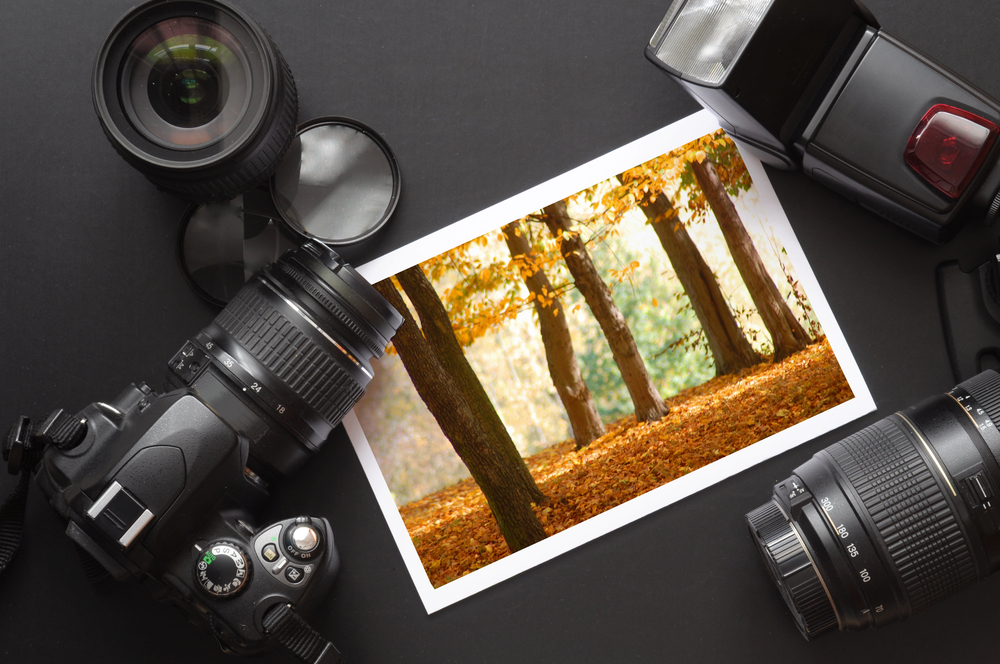
Early morning and late afternoon offer the best light for photographing ruins. Some sites restrict tripod use or charge extra for professional camera equipment.
Drones require special permits and are completely banned at many locations. Local guides know the best spots for capturing each site’s unique features.
Cultural Considerations

Many sites remain spiritually significant to local communities today. Some locations require special clothing or behavioral considerations.
Local guides can explain appropriate customs and traditions. Smart travelers learn a few basic Spanish or Portuguese phrases before arriving.
Hidden Gems
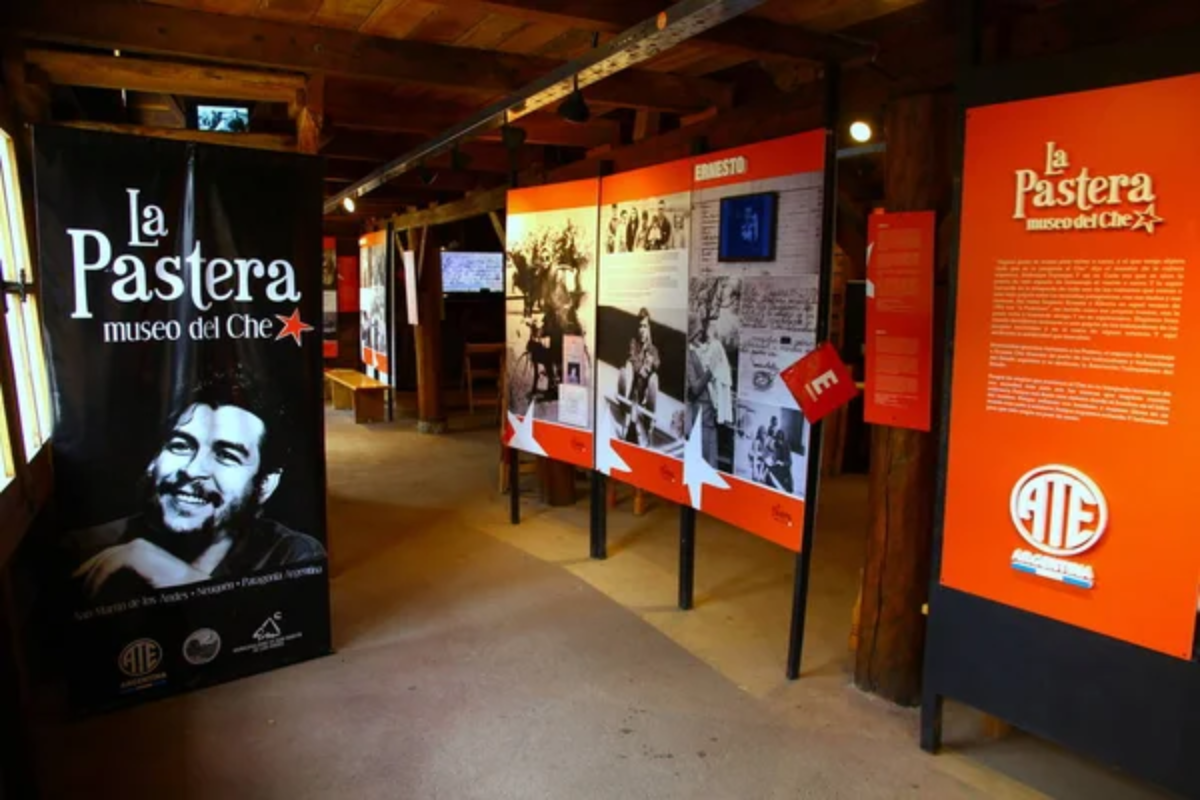
Small museums near major sites often house incredible artifacts with few visitors. Local communities sometimes offer traditional craft demonstrations or cooking classes.
Smaller archaeological sites near famous ruins offer similar experiences without crowds. Smart travelers ask local guides about lesser-known spots worth visiting.
Like Travel Pug’s content? Follow us on MSN.
Looking Back in Time
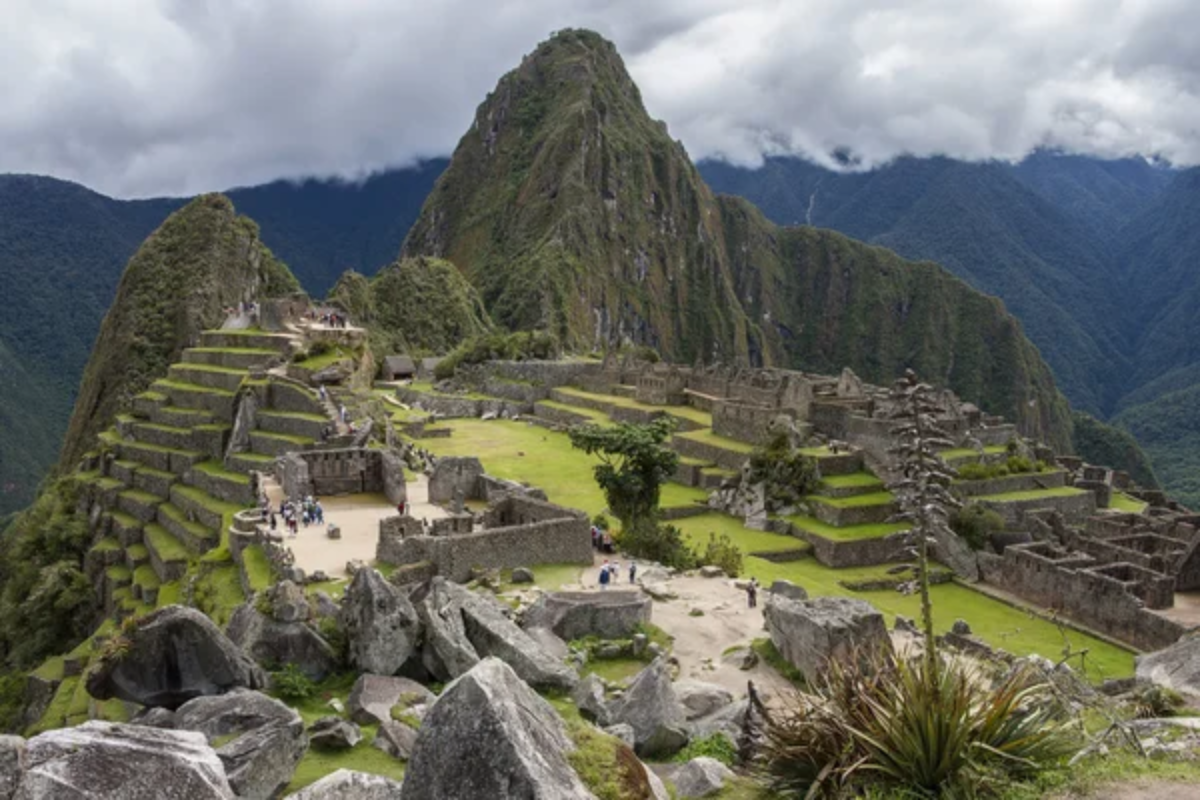
These ancient cities remind us that sophisticated urban life existed in South America long before European contact. Their builders created remarkable works of architecture and engineering that still amaze visitors today. Modern archaeologists continue discovering new sites and understanding more about these lost civilizations. Each visit helps support ongoing preservation efforts and local communities.
The beauty of exploring lost cities lies not just in seeing remarkable ruins but in connecting with the human story they tell. These sites show us how people solved problems, built communities, and created beauty thousands of years ago. By visiting thoughtfully and respectfully, we help ensure these remarkable places survive for future generations to explore and understand.
More from Travel Pug

- 20 Towns Built for One Purpose That Were Later Abandoned
- 15 Hidden Spots in Disney World’s Magic Kingdom Most Visitors Miss
- 15 Most Scenic Walks Anywhere in The World
- 15 Canyons in the U.S. That Are Just as Stunning as the Grand Canyon
- 10 Under-the-Radar Mountain Towns That Are Both Affordable and Beautiful
Like Travel Pug’s content? Follow us on MSN.
